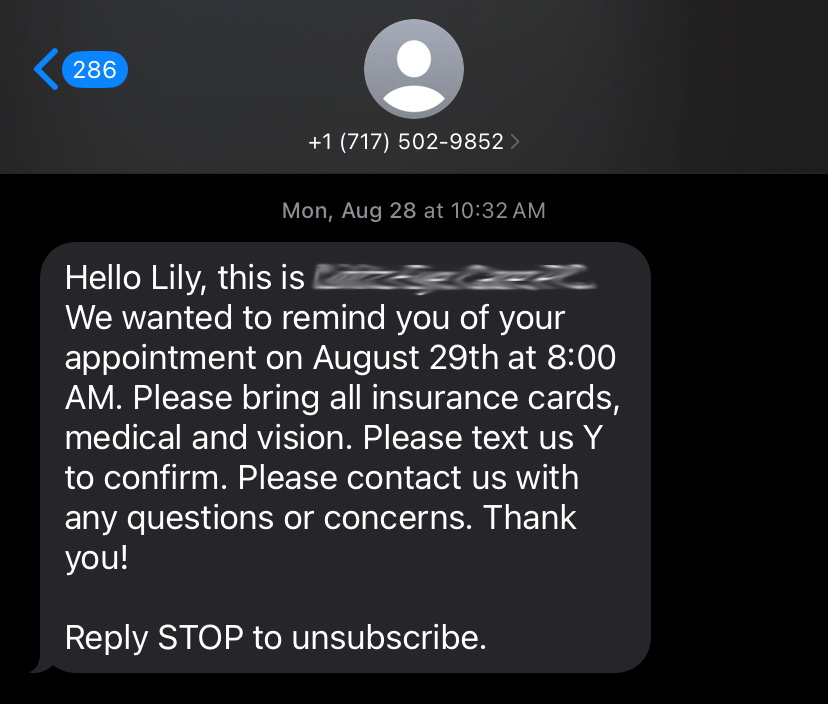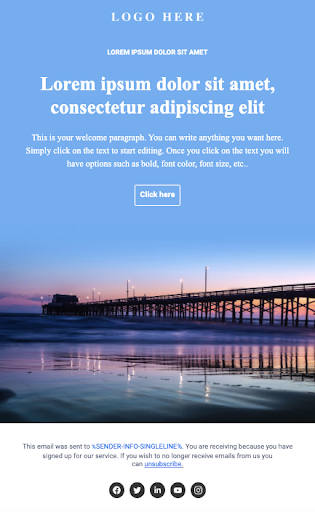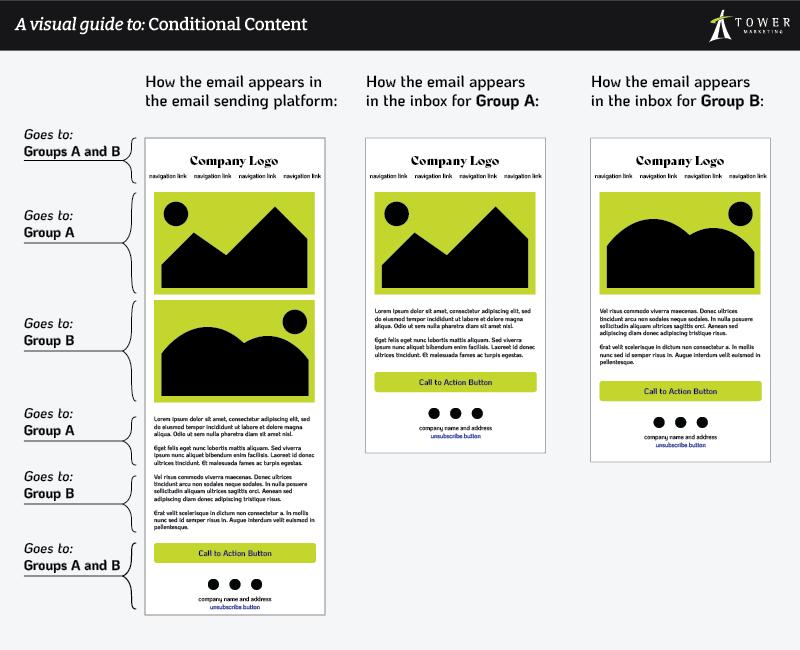Are your emails not performing as well as you hoped, despite your slick design and clever copywriting? It might be time to step back and revisit the foundations of your email marketing strategy.
In a world where inboxes are guarded by sophisticated filters and recipients wield the power to mark your message as spam with a single click… it’s easy for your plans to go sideways fast.
This blog will walk you through the email marketing fundamentals you need to build better campaigns, protect your sender reputation, and ensure your content actually reaches your audience.

Compliance: Why It Matters
Legal compliance is the backbone of any successful email marketing strategy. Without it, you risk hefty fines, blacklisting, or completely losing your audience’s trust.
Let’s cover the key email marketing laws you need to follow to keep your reputation sparkling.
The United States of America (CAN-SPAM Act)
Under the CAN-SPAM Act of 2003, your promotional emails must:
- Avoid false or misleading header information.
- Avoid deceptive newsletter email subject lines.
- Identify the message as an advertisement.
- Include a valid physical postal address.
- Provide a clear way to opt out of future emails.
- Honor any opt-out requests promptly.
- Monitor third-party agencies sending emails on your behalf.
European Union (GDPR)
If you email anyone physically located in the EU, you’re subject to General Data Protection Regulation requirements, which include:
- Obtaining consent that is “freely given, specific, informed, and unambiguous” (often requiring a double opt-in).
- Leaving checkboxes unchecked by default.
- Implementing data protection measures.
- Preparing for data requests, corrections, or deletion.
- Reporting certain types of data breaches within 72 hours.

Purchasing Lists: A Risky Shortcut
It’s tempting to rush your growth goals by buying a list, but this decision can have serious consequences.
While it’s technically legal to purchase a contact’s information in the US, reputable marketers will strongly advise against it. Here’s why:
- Buying lists includes people who never consented to hear from you, leading to increased spam complaints.
- Many contain spam traps – decoy addresses designed to catch scammers.
- You’ll see high bounce rates and unsubscribes, damaging your credibility.
- Your email marketing platform may suspend your account if it detects bought contacts.
This case study outlines how mailing to purchased lists can tank your email marketing efforts—ultimately harming your ability to reach real, valuable leads.
A better alternative? Learn how to grow your email list organically through website sign-ups, gated content, or event registrations. These subscribers actually want to hear from you, which is what email marketing is all about.
To get started, check out our full guide on building and maintaining a high-quality email list.

Spam: Protecting Your Emails From The Junk Folder
We often think of spam as obviously malicious or shady content, but even legitimate businesses can end up in the junk folder if they aren’t careful.
Spam filtering is extremely complex, taking into account a combination of factors that include recipient behavior, content analysis, and sender reputation.
What Counts As Spam?
These potentially harmful emails are:
- Unsolicited
- Sent in bulk
- Often commercial in nature
- Sometimes malicious (phishing, malware, scams)
Even if you aren’t trying to trick your recipients, poor list hygiene or fishy content can still get you in hot water.
Email Spam Filtering
Avoid these common mistakes that can land your emails in the junk folder:
- Phrases related to making more money (“be your own boss,” “earn extra cash,” etc.)
- References to drugs, pharmaceuticals, or adult content.
- All-caps text in your subject line.
- All-image emails, which are often used by spammers to avoid filters. The right text-to-image ratio is between 60:40 and 80:20. See why image-only emails hurt your deliverability here.

Deliverability: Ensure Your Emails Reach The Inbox
Deliverability is the most critical and complex aspect of your email marketing. Even stunning campaigns with flawless copy are meaningless if they’re filtered out before your audience ever gets the chance to see them.
Let’s explore the factors that impact deliverability, including your sender score, IP and domain reputation, and authentication.
Your Sender Score
Each inbox provider (Like Gmail, Apple, or Outlook) assigns every sender a score (also known as your email sender reputation). You can think of it like a credit score, but instead of allowing you to take out a loan, it determines whether your emails make it to your contacts.
Your sender score consists of two main elements:
1. Your IP Reputation
- There are 2 types of sending IPs: A dedicated IP vs shared IP.
- Shared IPs are common when using email sending platforms like Mailchimp or HubSpot, meaning your reputation is also influenced by other senders using the same IP. Fortunately, most platforms also monitor their customers’ habits to ensure no particular sender is harming these “pre-warmed” group IPs.
- Dedicated IPs give you more control of your reputation, but they also require a warm-up period, high send volumes, and come at an additional cost (ActiveCampaign, for example, requires 100,000+ contacts and a fee of $750).
2. Your Domain Reputation
- Unlike with a shared IP, your domain reputation is more within your control. It is based on your sending history, bounce rates, and engagement. (If you’re experiencing frequent bounces, here are 7 common reasons and how to fix them.)
- High spam complaints or sudden spikes in sending can damage this quickly.
You may be asking: how can I see my sender score? Unfortunately, it’s not that straightforward. Email clients intentionally keep their exact scoring systems opaque to prevent malicious individuals from gaming the system. Each uses a distinct combination of parameters, meaning you might land in the inbox for one recipient and the spam folder for another.
While you can use tools like MXToolBox’s IP/domain reputation checker to get a general sense of where you stand, there’s no universal scorecard. That’s why always following deliverability best practices is the most reliable way to get your emails where they belong.
Email Authentication: SPF, DKIM, DMARC
Authentication is your digital proof of identity when sending emails. Without the proper setup, inbox providers may flag or block your messages altogether.
There are currently three standard email authentication mechanisms: SPF, DKIM, and DMARC.
- SPF (Sender Policy Framework) is a list of IP addresses approved to send emails on your domain’s behalf.
- DKIM (DomainKeys Identified Mail) is an encryption method to ensure your email content hasn’t been manipulated.
- DMARC (Domain-based Message Authentication, Reporting, and Conformance) specifies what to do if the message fails SPF and/or DKIM authentication checks.
Most email service providers will supply the TXT records that need to be added to your DNS server to set up SPF, DKIM, and DMARC (usually by a developer or IT specialist.)
SMTP Relays
If your website’s contact form submissions aren’t coming through, your server setup may be the culprit.
Platforms like WPEngine use MailChannels, a third-party program that filters and sometimes blocks form notifications sent via email. Implementing an SMTP relay creates a direct tunnel for deliverability, but may come at an additional cost.

Email Marketing Best Practices: A Checklist
Before hitting send on your next campaign, ask yourself the following:
✅ Compliance & Consent
- Have your subscribers explicitly opted in?
- Are you following email marketing compliance laws relevant to all subscriber locations?
- Does your email footer include a clear unsubscribe link and physical address?
- Are you avoiding purchased or scraped lists to protect your deliverability?
✅ Sender Reputation & Deliverability
- Have you authenticated your domain with SPF, DKIM, and DMARC?
- Have your sending IP and domain been warmed up appropriately before large sends?
- Is your sending volume consistent to avoid sudden spikes?
- Do you regularly clean your list to remove inactive or bounced email addresses?
- Do you monitor deliverability metrics to catch and resolve issues quickly?
✅ Spam & Content Filters
- Have you tested your email content for spam trigger words or phrases?
- Is your email content balanced with an appropriate text-to-image ratio (60:40 to 80:20)?
- Have you checked your domain reputation on MXToolBox to ensure you’re not blacklisted?
✅ Template Design & User Experience
- Are your subject lines concise and truthful?
- Is your email template branded and recognizable?
- Is your email template responsive and accessible?
- Is your overall layout user-friendly with a clear CTA?
Final Thoughts: Build A Strong Foundation First
Targeted email marketing only works if your emails are delivered to real people who want to see them. Without compliance and deliverability best practices, even the most captivating campaign is destined to fail.
Consider this your essential email marketing guide to crafting ethical, authentic, and effective messages – because when your strategy starts with a reliable framework, everything you build on top has the potential to flourish.
Need help troubleshooting deliverability issues? Tower can help.

















